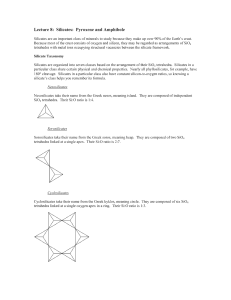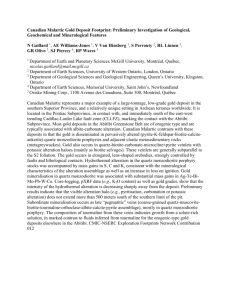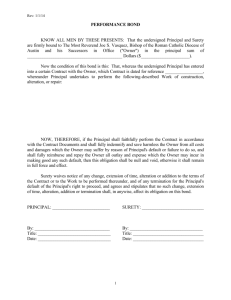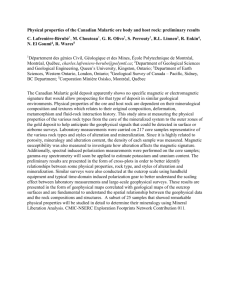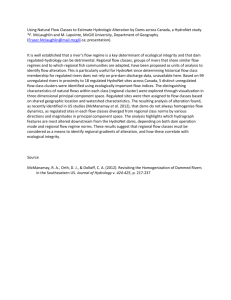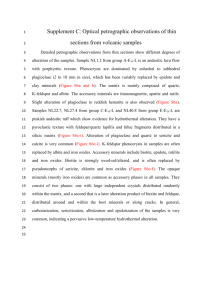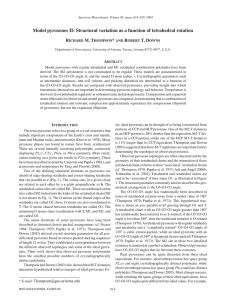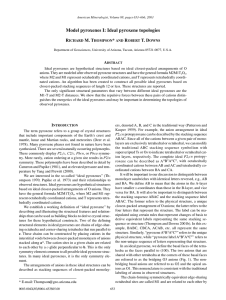NWA-5738 LPSC 2013 uniquely evolved secondary
advertisement
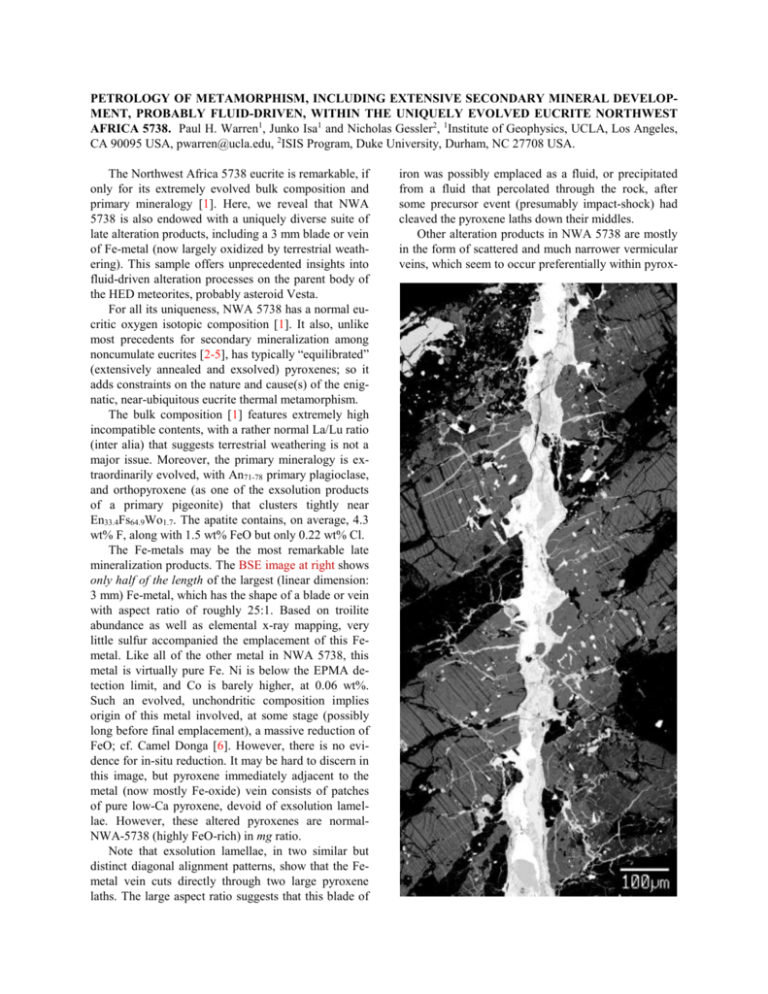
PETROLOGY OF METAMORPHISM, INCLUDING EXTENSIVE SECONDARY MINERAL DEVELOPMENT, PROBABLY FLUID-DRIVEN, WITHIN THE UNIQUELY EVOLVED EUCRITE NORTHWEST AFRICA 5738. Paul H. Warren1, Junko Isa1 and Nicholas Gessler2, 1Institute of Geophysics, UCLA, Los Angeles, CA 90095 USA, pwarren@ucla.edu, 2ISIS Program, Duke University, Durham, NC 27708 USA. The Northwest Africa 5738 eucrite is remarkable, if only for its extremely evolved bulk composition and primary mineralogy [1]. Here, we reveal that NWA 5738 is also endowed with a uniquely diverse suite of late alteration products, including a 3 mm blade or vein of Fe-metal (now largely oxidized by terrestrial weathering). This sample offers unprecedented insights into fluid-driven alteration processes on the parent body of the HED meteorites, probably asteroid Vesta. For all its uniqueness, NWA 5738 has a normal eucritic oxygen isotopic composition [1]. It also, unlike most precedents for secondary mineralization among noncumulate eucrites [2-5], has typically “equilibrated” (extensively annealed and exsolved) pyroxenes; so it adds constraints on the nature and cause(s) of the enignatic, near-ubiquitous eucrite thermal metamorphism. The bulk composition [1] features extremely high incompatible contents, with a rather normal La/Lu ratio (inter alia) that suggests terrestrial weathering is not a major issue. Moreover, the primary mineralogy is extraordinarily evolved, with An71-78 primary plagioclase, and orthopyroxene (as one of the exsolution products of a primary pigeonite) that clusters tightly near En33.4Fs64.9Wo1.7. The apatite contains, on average, 4.3 wt% F, along with 1.5 wt% FeO but only 0.22 wt% Cl. The Fe-metals may be the most remarkable late mineralization products. The BSE image at right shows only half of the length of the largest (linear dimension: 3 mm) Fe-metal, which has the shape of a blade or vein with aspect ratio of roughly 25:1. Based on troilite abundance as well as elemental x-ray mapping, very little sulfur accompanied the emplacement of this Femetal. Like all of the other metal in NWA 5738, this metal is virtually pure Fe. Ni is below the EPMA detection limit, and Co is barely higher, at 0.06 wt%. Such an evolved, unchondritic composition implies origin of this metal involved, at some stage (possibly long before final emplacement), a massive reduction of FeO; cf. Camel Donga [6]. However, there is no evidence for in-situ reduction. It may be hard to discern in this image, but pyroxene immediately adjacent to the metal (now mostly Fe-oxide) vein consists of patches of pure low-Ca pyroxene, devoid of exsolution lamellae. However, these altered pyroxenes are normalNWA-5738 (highly FeO-rich) in mg ratio. Note that exsolution lamellae, in two similar but distinct diagonal alignment patterns, show that the Femetal vein cuts directly through two large pyroxene laths. The large aspect ratio suggests that this blade of iron was possibly emplaced as a fluid, or precipitated from a fluid that percolated through the rock, after some precursor event (presumably impact-shock) had cleaved the pyroxene laths down their middles. Other alteration products in NWA 5738 are mostly in the form of scattered and much narrower vermicular veins, which seem to occur preferentially within pyrox- ene. The main vein materials are anomalously Na-poor feldspar (typically An94-96; red arrows in figure above) and Mg-poor olivine (typically Fo15; green arrows). Compositionally similar plagioclase is also found in equant, roughly oval intergrowths with a silica phase (figure below; silica is the darker grey); cf. the pure- silica veins found in the cumulate Serra de Magé [7]. We have not found in NWA 5738 the FeO-enriched pyroxene that occurs along the margins of fayalitic (secondary) olivine veins within pyroxenes in most of the previously identified cases of eucrite secondary mineralization [2-5]. The complex evolution of NWA 5738 started when igneous crystallization produced a medium-grainedsubophitic initial texture; i.e. (despite the unusually evolved composition) a typical noncumulate eucrite texture, consistent with either a surface lava or a shallow intrusion. Like most other eucrites, albeit unlike any other noncumulate eucrite with extensive secondary mineralization, NWA 5738 underwent annealing (or thermal metamorphism) that led to ubiquitous exso- lution of its pyroxene. Emplacement of the 3-mm iron metal lens was almost certainly preceded by a shock event intense enough to bust apart the large pyroxene crystals through which the lens cuts, yet this emplacement apparently came after the annealing/exsolution process was over and the rock had cooled, because the altered pyroxene along the margin of the lens shows sharp, and sharply and elaborately curving, boundaries with the unaltered, exsolution-rich pyroxene. Slow annealing after or contemporaneous with the alteration would more likely have produced a relatively smooth and gradational boundary, with occasional extensions of faint lamellae at least shortly across the boundary. Instead, it seems that the Fe-metal (and any accompanying fluid) was only warm enough to re-heat and alter immediately adjacent material. In terms of the rock as a whole, although the full range of alteration products, and even some of the other large Fe-metals, conceivably formed in multiple alteration episodes, the simplest model is that most of the secondary mineralization occurred in just one, possibly prolonged, warm-fluid-driven episode. More work is needed, but the pyroxenes and feldspars adjacent to the large metal vien show Ca-linked alteration (Ca depletion from pyroxene, Ca/Na enhacement in feldspar) broadly consistent with the fluid-driven process inferred to have created the typical, largely vermicular, silicate alteration products that are scattered well apart from any metal. Later evolution included further brecciation(s) that produced microfaults across some of the (relatively tiny) vermicular alteration veins, as well as multiple mm-wide veins of shock melt with entrained silicates, which feature rounded-eroded shapes yet normal (ultraevolved) NWA 5738 mineral compositions. An inclusion of Na-poor feldspar within one of the entrained grains suggests that the intense vein-producing shock post-dated the secondary mineralization. Finally, the rock underwent considerable Saharan weathering, deleterious but not fatal to the important metal component. Much more work should be done, applying a wide array of techniques, to constrain the nature and origin of the complex, heterogeneously distributed secondary minerals within this unique meteorite. References: [1] Warren P. H. et al. (2012) MaPS 47, A5304. [2] Barrat J. A. et al. (2011) GCA 75, 3839. [3] Roszjar J. et al. (2011) MaPS 46, 1754. [4] Warren P. H. (2002) LPS XXXIII, abstr. #1147. [5] Herd C. D. K. et al. (2004) Am. Mineral. 89, 832. [6] Palme H. et al. (1988) Meteoritics 23, 49. [7] Treiman A. H. et al. (2004) EPSL 219, 189.



